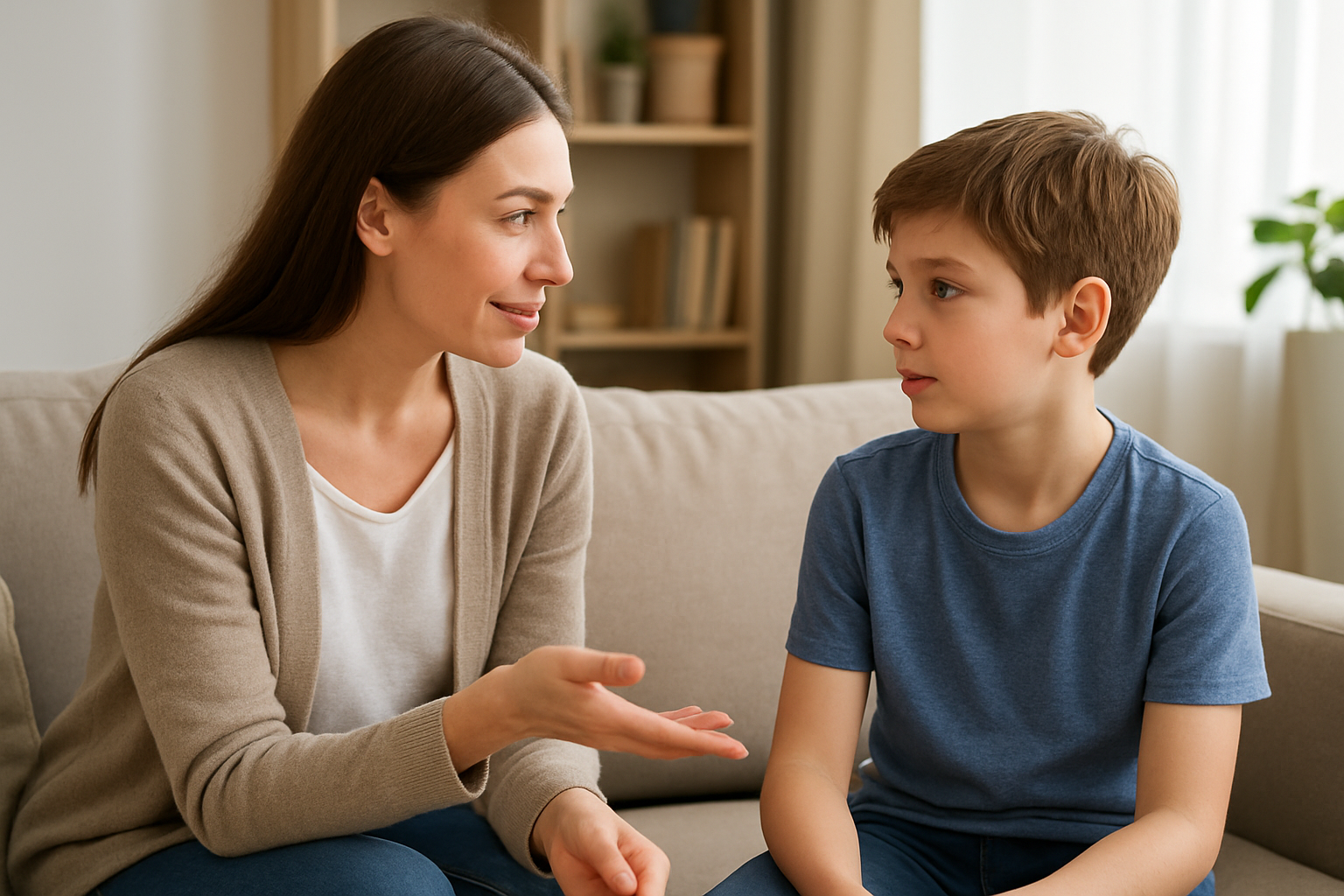
Modern family life is often fast, fragmented, and filled with competing responsibilities. Parents rush between work, school obligations, errands, and digital demands, while children navigate classes, extracurricular activities, and constant streams of information. In this pace, meaningful family interaction can become limited to brief conversations at dinner or evening screen time.
Against this backdrop, family fitness emerges not just as physical exercise, but as a powerful way to reconnect, build healthy habits, and create shared experiences that bring parents and children closer together. Moving as a team strengthens emotional bonds, supports child development, and helps adults maintain well-being without carving out separate hours for the gym.
Family fitness is not about perfect technique or athletic goals. It’s about connection, fun, encouragement, and the shared joy of discovering movement together. A simple walk after dinner, a living-room dance session, a weekend hike, or a bike ride around the neighborhood can transform the family dynamic and create lasting traditions.
 Why Moving Together Strengthens Family Relationships
Why Moving Together Strengthens Family Relationships
Shared physical activity has a unique ability to unite people. Unlike conversation at the table or passive entertainment, exercise requires participation, rhythm, mutual support, and presence. Parents and children step into a space where everyone starts on equal footing—each person tries, learns, laughs, gets tired, and celebrates small wins.
This “equal playing field” fosters trust and emotional closeness. Children see their parents as teammates rather than authority figures, and parents observe their children’s strengths, personalities, and resilience in new ways.
Family fitness also helps reduce stress levels for both adults and kids. Many parents come home drained from work, and children often feel mental overload from school. A 20-minute walk or a short active game outdoors helps release tension and provides a healthier emotional baseline for the rest of the evening. Families that move together often report fewer arguments and easier transitions to bedtime routines.
Movement also opens the door for natural communication.
Walking, jogging, or riding bikes often encourages spontaneous conversations—far more than sitting face-to-face. Without the pressure of “let’s talk,” children open up willingly. Parents listen with fewer distractions, and shared experiences reinforce trust.
Finally, family fitness helps establish traditions. Whether it’s a Sunday hike or a nightly stretch session, repeated rituals become part of a family’s identity—something children remember fondly well into adulthood.
Types of Family Activities and Their Benefits (Table)
To illustrate how varied and flexible family fitness can be, the table below outlines popular activities and their benefits for physical health and family dynamics.
| Type of Activity | Intensity Level | Health Benefits | Social/Emotional Benefits | Best For |
|---|---|---|---|---|
| Brisk walking | Low | Improves stamina, lowers stress | Encourages calm conversation | All ages |
| Biking | Medium | Strengthens cardiovascular health | Creates a sense of adventure and freedom | Children 6+ and adults |
| Home yoga | Low–medium | Improves flexibility, reduces anxiety | Builds shared calm routines | All ages |
| Team games (baseboll, basketball) | Medium–high | Develops coordination and muscle strength | Teaches cooperation and mutual support | Families with active children |
| Hiking | Medium | Strengthens leg muscles, boosts mood | Creates shared goals and memorable experiences | Families with children 7–8+ |
| Dance workouts | Low–medium | Boosts energy, improves coordination | Adds creativity, fun, and laughter | All ages, including toddlers |
This variety shows that family fitness can be adapted to any household—busy parents, active preschoolers, teenagers who need motivation, or multigenerational families. The key is choosing activities that feel enjoyable rather than obligatory.
How Family Fitness Shapes Healthy Habits and Supports Child Development
For children, the most effective lessons come not from lectures but from observation. When parents model an active lifestyle, children internalize movement as a normal and enjoyable part of life.
It’s difficult to convince a child to spend time outdoors if parents rarely leave their screens. But when children see adults stretching in the morning, going for evening walks, or joining them for weekend bike rides, healthy habits form naturally.
Family fitness nurtures multiple developmental benefits:
-
Self-discipline — when physical activity becomes part of the family routine.
-
Responsibility — especially when children take small leadership roles (“You pick the route today”).
-
Teamwork skills — learning to cooperate and celebrate each other’s progress.
-
Goal-setting — such as preparing for a charity run together.
-
Body awareness — especially important for preteens and teens who often struggle with body image.
Participating in family physical activities also has a strong emotional regulatory effect. Children learn to handle frustration in a healthy way—whether that means accepting a lost game, trying again after a failed attempt, or recognizing their limits without shame.
For parents, these routines offer a natural opportunity to observe emotional cues that can be missed during busier moments of the day. How a child reacts to a challenge during a game often mirrors how they respond to academic or social stress. Active time therefore becomes an informal but effective tool for understanding and supporting children’s emotional development.
Psychological and Social Benefits of Family Sports Practices
Beyond physical health and habits, family fitness has wide-ranging psychological benefits. First, shared movement reduces emotional distance. Even families who live together may sometimes feel disconnected due to stress or tight schedules. Physical activity aligns interaction patterns, builds shared experiences, and helps create a sense of unity.
Second, family fitness supports the development of emotional intelligence. During games, hikes, or simple backyard play, children encounter a range of emotions—excitement, frustration, pride, disappointment—and learn to express and manage them. Parents can guide these moments gently, reinforcing empathy and resilience.
Third, exercise is a proven way to lower anxiety in both children and adults. After shared activity, families often experience fewer conflicts, smoother bedtimes, and improved communication. Movement releases endorphins, reduces cortisol, and creates a positive emotional atmosphere in the household.
Many types of family fitness—especially team games and outdoor activities—develop social skills as well. Children learn to negotiate (“Which game first?”), to problem-solve (“How do we get over this trail section?”), and to compromise (“Let’s pick a route everyone enjoys”). These skills later translate directly into school, friendships, and collaborative environments.
There is also a community dimension. Families who regularly engage in physical activity often connect with others in parks, sports clubs, and group activities. This broadens the children’s social world and fosters confidence. It also creates meaningful social support for parents, who may meet other families with similar routines or values.
Conclusion: Movement as a Foundation for a Healthy and Connected Family
Family fitness is not about athletic ambition—it’s about creating a healthier, happier family culture. Shared movement strengthens emotional bonds, lowers stress, boosts physical well-being, and helps children develop essential life skills. Even small daily activities—an evening walk, five minutes of stretching, or a weekend bike ride—can transform family dynamics.
The most valuable outcome of family fitness is not stronger muscles but stronger relationships. When movement becomes part of family life, it builds trust, strengthens communication, and fills childhood with positive memories that last far beyond the activity itself.

